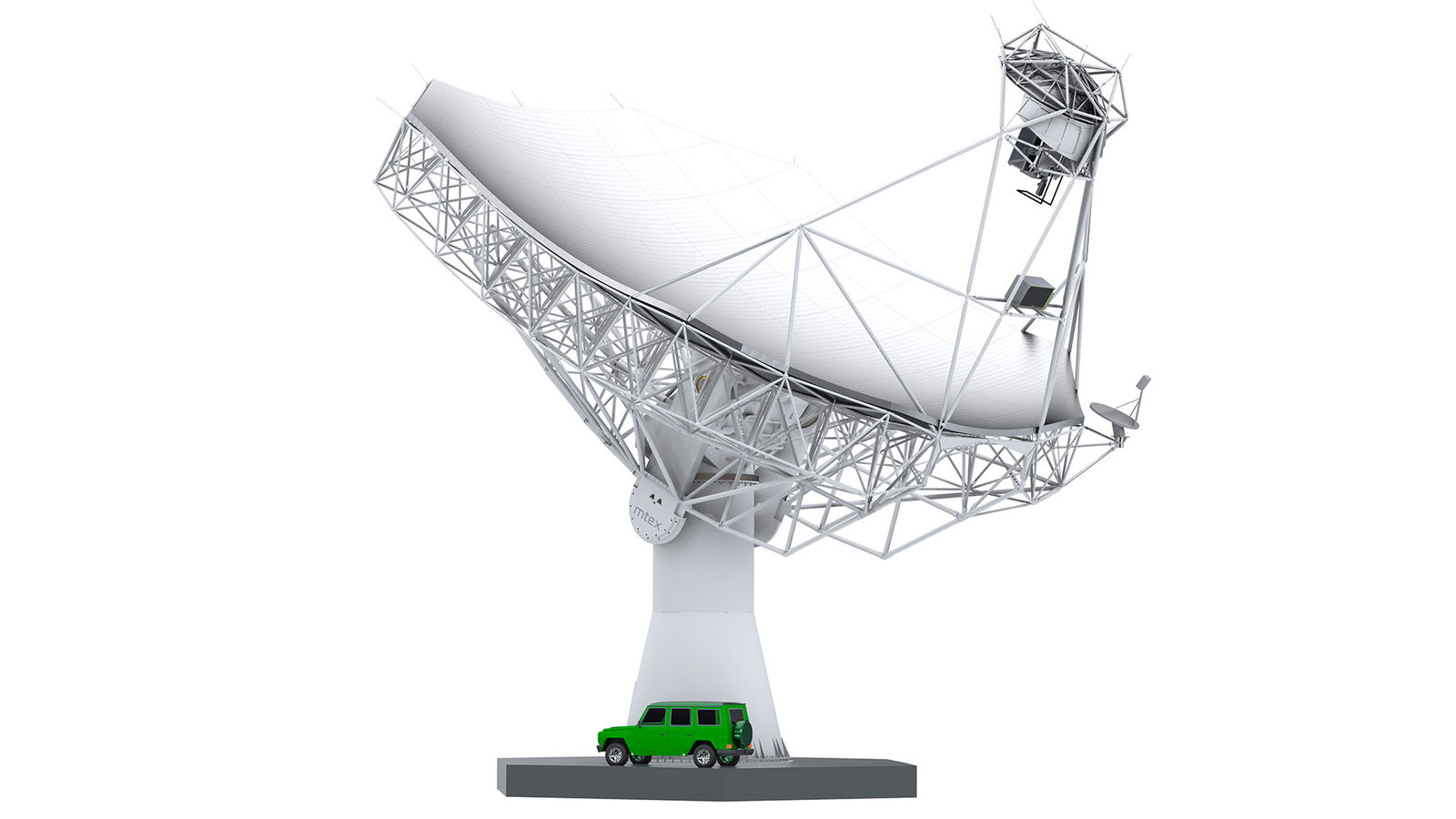Galactic Guidance
Liebherr provides bearings and slewing drives for radio astronomy facility
The ngVLA will directly image the formation of solar system analogues for life with astrochemistry as well as characterize the assembly, structure and evolution of galaxies.
Liebherr’s components product segment and mtex antenna technology joined forces in 2023 to provide the antennas for the next generation Very Large Array antennas (ngVLA), which will offer a glimpse into the infinite space reach.
The ngVLA will be the largest radio astronomy facility in the Northern Hemisphere. The azimuth adjustment of the antennas is made possible by three-row roller bearings with a diameter of three meters and precisely matched slewing drives. In addition, gear ring segments together with the drives ensure accurate elevation adjustment of the antenna. The interaction of slewing bearings and drives guarantees precise control and positioning of the antennas for the exploration of the universe.
The ngVLA will directly image the formation of solar system analogues for life with astrochemistry, characterize the assembly, structure and evolution of galaxies, test theories of gravity with galactic center pulsars, reveal the explosive universe through multi-messenger discoveries and so much more.
“The ultra-sensitive imaging capabilities of these groundbreaking instruments will give us an unprecedented look into space and help unlock the secrets of the universe,” explains Lutz Stenvers, managing director of mtex antenna technology GmbH.
The new generation antennas, boasting a diameter of 18 meters, will be positioned in a clearly defined pattern throughout North America. The area with a total of 244 antennas will cover approximately 1,000 kilometers. The special arrangement of the antennas will ensure optimal data reception from the cosmos.








